|
Content marketing is catching on, and you are riding the wave You are invested in making content marketing work for your business or nonprofit. You created a content promotion calendar and a schedule to follow. You’ve identified your target audience, and you’re delivering useful information, resources, advice, and ideas to help them meet their goals. The task list includes blogs, newsletters, webpage content, ebooks, and case studies. Maybe even videos and podcasts. Explosive growth More traffic is coming your way, prospects are looking at your site for solutions to their problems. Your phone is buzzing, and customers want to talk about their needs. Each time you post new content, you get more leads. Your customer service reps are running non-stop. It's a good problem to have, but you’re feeling overwhelmed. Out of control! With the focus on serving customers, it’s getting harder to keep up with your ambitious content calendar. Whether you do it all - owner, customer service rep, and writer - or you use an in-house content marketing team, it’s challenging to continue to produce as much high-quality content as you need.  It’s time to ask for help You don’t want to hire extra staff, but you need an affordable way to get someone to help with your content writing during the busy spells. Schedule a little time to research and compare marketing agencies, content writing services, and freelancers.
What talented freelance copywriters have in common: They can create original content, write strong headlines and subheads, and make content useful to readers. They provide solutions to problems and answers to questions prospects are likely to ask, write succinctly, include verifiable data, and use links to reliable sources only. Writing engaging content is their bread and butter. If they don’t have a background in your niche, they’ll do the research to find out as much as possible about it before they get started. Because they typically work with just a few clients at a time, they deliver completed projects on schedule. Within reason, they’re willing to edit and revise the content until you are satisfied. Most importantly, high-quality freelance writers are dependable, consistent, and they work hard to meet your expectations. You decide Regardless of which option you choose, the primary goal is to create quality content on a regular basis. And even though it’s hard to take time away from your busy schedule to find a writer, in the long run, it will give you more time to focus on your business. Use your talents to do what you do best, and hire an expert to help with the rest.
1 Comment
In a past life when I was a school leader, one of my responsibilities was to create and publish a regular newsletter. The primary audience was parents, and the goal was to keep them informed about what was happening at the school. I often wondered if anyone actually read those newsletters, and hoped they did because I had worked hard to make them interesting and worthwhile. Now, as a professional writer supporting businesses and non-profits who provide educational services or products, my focus has changed, but the idea of a newsletter is even more relevant. My goals are to provide useful information and to remind prospects and clients that I may be able to help them when they are ready to start a new project. I want to give my audience a compelling reason to open and read each newsletter. If you wanted me to write a newsletter for your company or non-profit, these are the questions I’d ask. Every business doesn’t need a newsletter – does yours?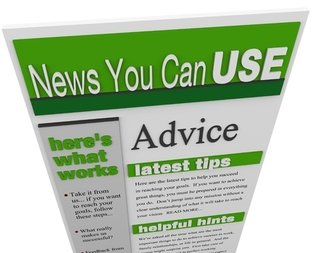 What are your business goals? To increase leads, qualify leads, close deals, retain customers or mainly to spread brand awareness? You want to remind prospects and clients that you’re an expert in your field, busy creating solutions for educators. Use your newsletter to suggest that your product or service could be a great fit for their next project when the time is right. An email newsletter from your business might include announcements about products, services or company information. It could include links to popular blog posts, event invitations, surveys, educational information about your product, discounts or coupons. Maybe you even want to include some personal stories to humanize your organization. As a business or non-profit that helps school districts, teachers, and students, you already know that your audience doesn’t have much time to spare for reading newsletters. Consider choosing a single topic for each newsletter if you can. Keep it short, simple, and engaging. Educate, don’t inundateThe key to content marketing is to educate your readers, give them something to think about or information that will help them. If they are willing to subscribe to your newsletter, you know they like what you do. Providing valuable content helps build your relationship. Avoid bombarding them with sales offers. How will you get prospects to sign up for your newsletter? Be honest about what they can expect from you. When you think about your “subscribe” page, think about your audience’s point of view. Readers want to know what they’re getting if they sign up, so let them know how often the newsletter is sent along with an idea of what kind of content to expect. What can you do to get readers to actually open your newsletter? When you send out the newsletter, vary the subject line. Get creative – choose a hot topic or even something that might seem a little off the wall. You can afford to be silly, especially if you get people to open the newsletter to find out what in the world you’re talking about. The best call to action What do you want your readers to do? What is the most important action you want them to take? Make it easy to notice and simple to click on. You can have more than one if you want to link to a blog, podcast, or particular web page, but make one CTA stand out so it will attract attention. Use simple, clear design and copy - a minimalist approach makes it more likely readers will actually read your content and follow the CTA. The devil is in the detailsDo you know about alt text? Not the same as alternative facts…. alt text is used in case images aren’t enabled when a reader opens your newsletter. Find out how to add alt text here. Do you have to include the “unsubscribe” option? Yes. Make it easy to find. Include your company name and address. Lots of businesses include the reason why the email is received. For instance, “You received this email because you signed up for our e-newsletter or have had contact with (Company Name). If you no longer wish to receive these emails, unsubscribe here.” What are your clients and prospects looking for?Do you know what your customers want from you? Bottom line – you need to know what they want to be able to meet their needs.
Mostly, clients want to know that you are the expert and will guide them in the right direction. They like the idea that you are taking care of them and doing it well. If you are doing it right, they will read your newsletters, and they won’t unsubscribe. Repurpose Your Content to Extend Your ReachPlay It Again, Sam is an old Woody Allen film that uses the movie Casablanca as a playbook for dating. Woody Allen successfully created a whole new story using the famous movie as its foundation. You can do the same thing with your content on a regular basis. Maximize your content marketing effortsLike most businesses and non-profits, your quarterly marketing plans probably include blogs and other informational content. To maximize the time and effort you put into writing the content, you might have already decided you want to build some substantial content your audience is really going to find useful. Your blog posts and other short form content could serve as building blocks with the goal of creating a long form content offer like a comprehensive guide or an eBook for your audience. Along the way, you might re-use the blog topics in different formats like webinars or infographics to reach more prospects. Blend new blogs with useful ones from your archives and refresh them to fit the new theme. A blog post series works well if you think of each one as a main idea for a chapter in the book/guide you will ultimately create and publish. Each post may focus only on one buyer persona, address the needs of different personas, or attract a new audience. Put them together to create a package of information your audience wants. Spread the word on social media - but be selective Find out which social media platforms are most likely to be used by your audience. Teachers, for example, spend a lot of time on Facebook, but administrators often prefer to view short YouTube videos to get information. It’s easy to post the same blogs you use on your website to Facebook and create short videos using the blogs as scripts for YouTube. If you actively use other social media like Instagram, Snapchat, Twitter, SlideShare, and Vimeo to enhance your blogs, that extends your reach even farther and becomes part of enriching the content of each chapter of your long form product. Woody Allen took an old classic and repurposed it, but he also added fresh ideas. So, Say It Again, Sam! Have fun finding creative ways to recycle the valuable content you already have. Could you use some help putting together a long form content offer for your clients? I'd be glad to help.
Whether you are already successful or just getting started, you have set your goals for the new year. You know that publishing great content will help you grow. But it can be challenging to produce a variety of content on a regular basis. Using a content marketing approach, you don’t need to toot your own horn. What if your satisfied customers could share their stories about how your company created an original product that delivered an effective solution for a difficult problem? Let your customers do the talking and tell a compelling story for you! Customer Success Stories and Case Studies Customer Success Stories and Case Studies are among the most valuable types of content you can use to increase your traffic and attract the right kind of clients. They go beyond the simple testimonial by digging deeper into the customer’s problem, their search for solutions, and the favorable results you provided. Remember that content marketing is all about telling your story. Inform and educate your audience by describing the challenges and obstacles your client had faced before you got involved. The terms case studies and customer stories are often used interchangeably. The main difference is that a case study includes more industry specific data. A case study will focus more on the “how” while the customer success story tends to emphasize the results. Check out some great examples here. Produce Compelling Content Unique to Your CompanyYour goal in content marketing is to build relationships. Using a real story will make connections with prospects facing similar issues. Give them the details so they can relate to the frustration and irritation your client suffered through. Describe the specific way your solution solved the problem. The description of what happened will set you apart from your competition just by virtue of being a real story about your customers! A word of caution – avoid making your client look foolish because they couldn’t solve the problem on their own. Never try to look smarter or better than the customer – it may put a negative slant on the story. All Happy Customers are Not Created EqualThe best way to go about finding the truly satisfied customers is to ask the people in your company or organization who work most closely with the customers. Your sales team, customer service reps, and others who are on the front lines. Get into classrooms and offices where your solutions are used and start asking questions. It takes time to interview the customers who are willing to share their stories and select those that are most likely to resonate with prospects. Ask for specific examples that show how your product or service made a difference in their lives. Include quotes from the customer and use data to back up the story to give it more weight. If you plan to share more than one customer story, use a similar format for each to maintain consistency. Don't Stop ThereBuild credibility by making case studies just one component of your marketing plan. Produce consistent messaging on your website, emails, newsletters and other publications. Expand the ideas in the case studies by showing how your solution can solve problems for people in different situations. What Will Your Call to Action Be? Along with a Contact Us button, consider providing a link to a survey that allows prospects to describe the problems they are experiencing. Helping to solve an individual’s problem is a great way to build a solid connection by letting them know you are interested in them and want to help. Need help writing your customer success stories? Let's talk.
CONTENT MARKETING is the #1 priority in 2017 for businesses with an online presence. Top marketers plan to publish at least one new piece of content every day! But how can your company produce enough current and useful content to keep your clients informed and engaged? Keep in mind that in the education world, you are communicating with clients who are or have been teachers who know very well how to connect with an audience. It happens every day in the classroom! Teachers know that their students’ success depends on the relationships they have developed over time. Start by telling your story. Think about your audience – they are real people, and people like stories. Use your story to start building a relationship with your prospects. Identify with their problems and provide solutions. People who search for information on the internet want answers. Give them some tools to walk away with. You don’t have to sell, sell, sell. That comes later after you have built trust and your prospects are interested in learning more about what solutions you can provide. Build relationships with prospects and clients. You used stories to attract customers - but now what do you do with them? Once they find a few answers, they will want to know more! While you entertain, engage and educate them, you are building trust. At the same time, your audience is getting to know you better. That relationship is the first step towards guiding your prospects towards conversion. If you maintain a positive relationship, it won't be long before you are ready to close your sales, and even turn your customers into promoters of your brand. Be the expert in your field to show clients that they are making the most informed choices. Become an influencer by sharing knowledge to help people make the best choices. When you provide useful content to your readers, you are demonstrating that you know and understand your audience and their needs. People will appreciate the help and information you provide. That means you can sell yourself without using a sales pitch! A relevant call to action will guide your reader to take the next step. What do you want that action to be? Do you want them to contact you? Download an informational PDF? Sign up for your newsletter? Then just ask! Current trends in content marketing include using surveys to gather input from potential clients and to differentiate the content that you deliver, so think about including a brief survey in selected email messages you send out in response to inquiries.
Publish fresh content on a regular basis and measure your results. According to a recent report by the Content Marketing Institute, 91% of top performing companies are very committed to content marketing. Companies that lack that focus are not as successful. Just like in the classroom, consistency is a key component. Know your audience and provide them with useful content on a regular basis. Since you have already planted the seeds to build your relationships with prospects, keep giving them something worth returning for. |
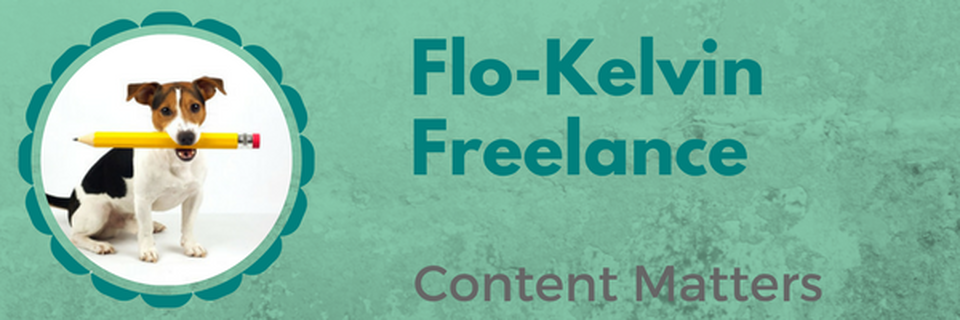
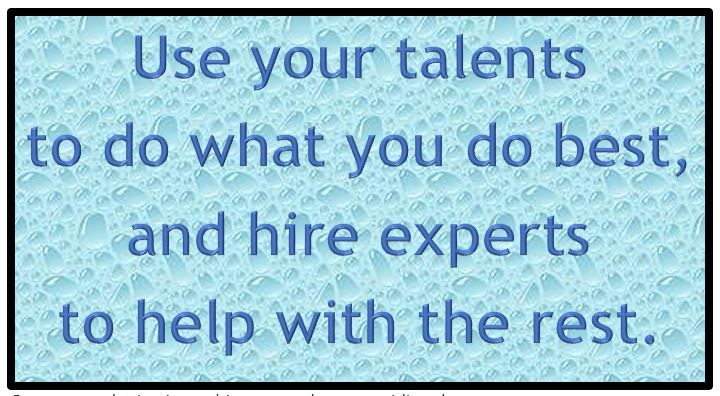








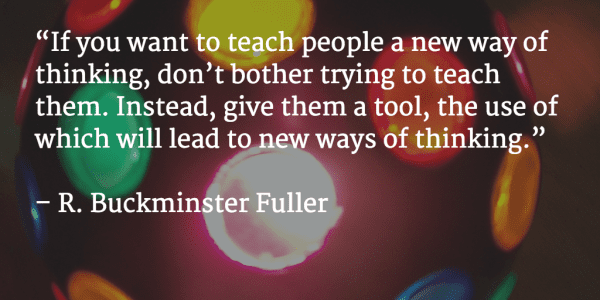
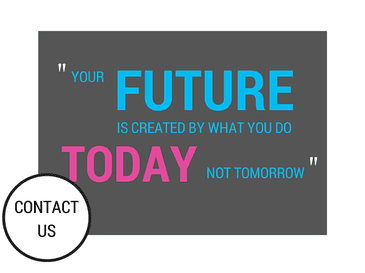

 RSS Feed
RSS Feed